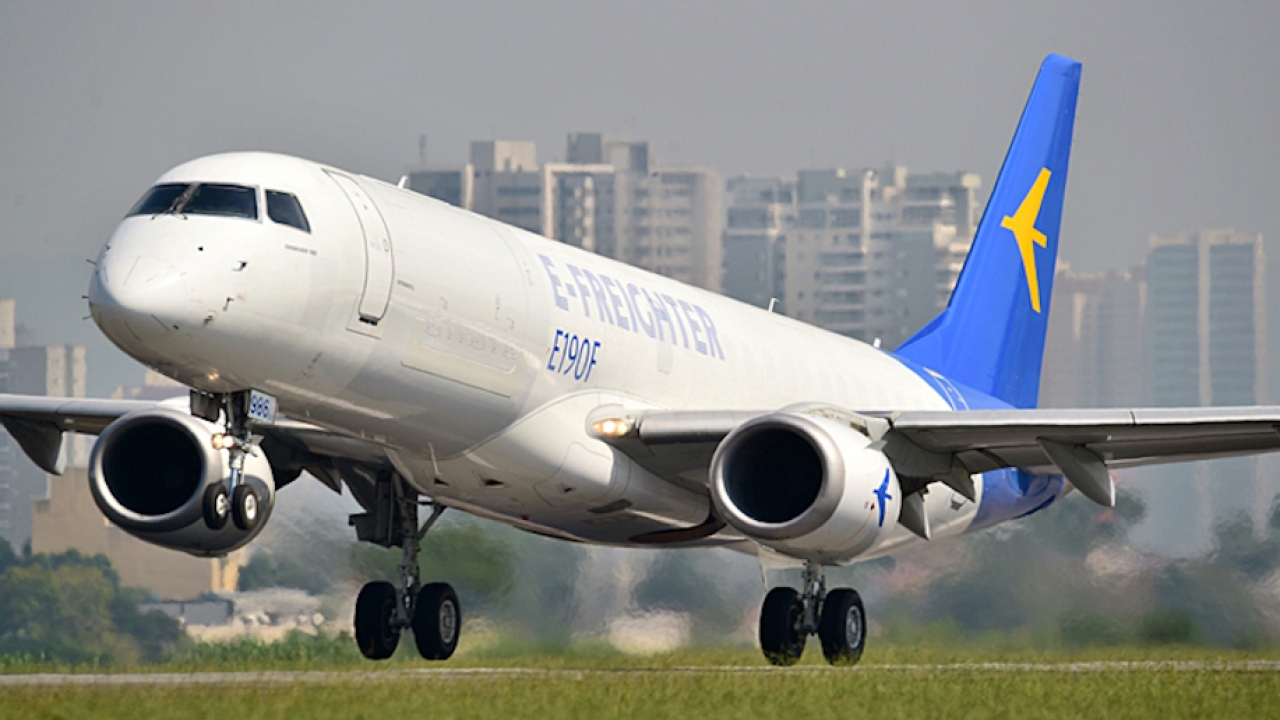Etihad Airways announces strong first quarter

A total of 3.2 million passengers travelled with Etihad Airways during the first quarter of 2014, over 14 per cent higher than the 2.8 million passengers from the same period last year. The growth rate is more than double a recent estimate from the International Air Transport Association (IATA) that passenger demand will increase 5.8 per cent this year on a global basis.
Etihad Cargo also outperformed the global market, carrying 127,821 tonnes of freight and mail in the first quarter. This marks a year-on-year increase of 26 per cent, almost seven times higher than IATA’s prediction that the international cargo market will grow by four per cent in 2014. The airline’s cargo revenue also increased by 26 per cent to US$243 million, placing Etihad Cargo on track to become a billion dollar business in 2014.
James Hogan, president and chief executive officer of Etihad Airways, said: “Although the global airline industry has faced challenges such as higher-than-expected fuel prices and fierce competition in key international markets during the first quarter of 2014, we have continued to outperform the passenger and cargo markets, and raise the bar even further for Etihad Airways.
“Our strong performance highlights the continued success of Etihad Airways’ strategic master plan, which focuses on the three fundamental pillars of organic network growth, codeshare partnerships and minority equity investments in other airlines around the world. This unique strategy, and the investments we have made in product, service and infrastructure, means that Etihad Airways is positioned strongly for top-line growth and bottom-line delivery in 2014.”
Etihad Airways’ volumes were boosted by the fast-paced growth of its international route network, with 95 destinations operational by the end of Q1 2014, an increase of six compared to the same period in 2013. Network highlights in the first quarter included the start of a daily service to Medina, Etihad Airways’ fourth destination in Saudi Arabia, while frequencies increased on six existing routes, including New York in the US, Munich in Germany, Colombo in Sri Lanka, and Chengdu in China. The airline will commence services to eight more destinations over the remainder of 2014, increasing its global route network to 103 by the end of the year.
Organic growth was supported by the development of codeshare and equity partnerships, which delivered 678,000 passengers onto Etihad Airways flights in the first quarter of 2014, 25 per cent higher than the same period last year. Revenue from codeshare and equity partners rose 23 per cent to US$223 million, representing 22 per cent of total revenue in the quarter.
During this period, new codeshare agreements were signed with Air Europa and JetBlue, while an existing codeshare with airBaltic was expanded. Etihad Airways also obtained regulatory approval to acquire a 49 per cent share of Air Serbia.
To accommodate the double-digit growth in passenger volumes, Etihad Airways’ fleet expanded to 95 aircraft in the first quarter of 2014, marking an increase of 30 per cent in the fleet size over the same period last year, while the airline’s passenger carrying capacity, measured in Available Seat Kilometres (ASK), increased by 21 per cent year-on-year to 19.2 billion.
Analyst Saj Ahmad commented: “Etihad’s first quarter performance underlines its execution of its successful dual organic and inorganic growth strategy. With a sharp 27pc rise in revenues, this is underscored with a 14pc rise in passenger numbers flown.
“Critically, this robust showing demonstrates the risk-reduced expansion plans via minority equity stakes in key markets like Europe and Australia that have helped to bolster earnings.
“Etihad is well placed for another bumper-profit-filled year and the introduction of new fuel saving jets like the 787-9 will further depress costs and drive revenue higher.”
Ahmad added: “People who claim that the GCC is awash with too much capacity and not enough demand to placate Etihad, Emirates and Qatar Airways need to take a good look at these results and see that this growth has a long, long way to go before any nonsensical 'bubble' bursts.Etihad, like Emirates and Qatar Airways, is bucking the waning trends of ailing US, EU and Asian airlines.”
Stay up to date
Subscribe to the free Times Aerospace newsletter and receive the latest content every week. We'll never share your email address.

